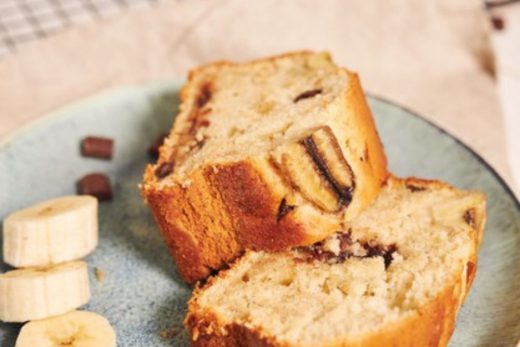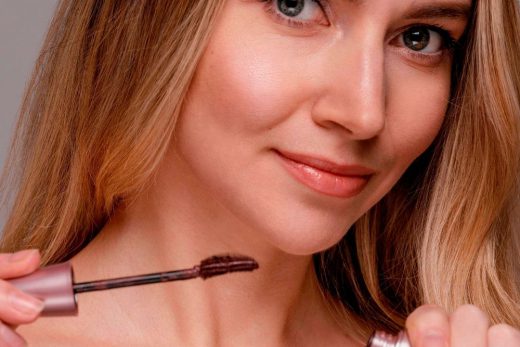Along with cured olives, string cheese, dried apricots, walnut halves, and cured meats like basturma (the Armenian equivalent of bresaola) and sujuk (spiced Armenian sausage), boreks are required for any Armenian mezze spread. I don’t know if that’s 100% true for every Armenian household, but I’ve yet to attend a single gathering of more than a couple of Armenians where boreks weren’t served. (My mother keeps containers of unbaked boreks in her freezer at all times, just in case.)
Boreks—or borags, beregs, boregs, boeregs, depending upon who’s doing the spelling (they’re all pronounced the same)—are buttery, crisp, multilayered phyllo hand pies, filled with cheese, greens, vegetables, meat, or some combination thereof. They’re usually triangle-shaped, although tray-style boreks, baked in a pan and then cut into squares, are also common. They’re beloved by Armenians, but are equally prized throughout the countries that were once a part of the Ottoman Empire, such as Albania, Bulgaria, Turkey, Greece, and Serbia.





